Honey from Fir honey is actually a honeydew and not a honey. Honeydew is a substance left by parasitic aphids on the bark of certain trees. This substance is then collected by bees on their way to the hive, where it is transformed into honey.
Honeydew honeys are generally less sweet than nectar honeys. The fructose content is higher. This explains why honey crystallizes much more slowly than nectar honey.
There is less glucose and little or no sucrose.
There are several varieties of fir:
Fir honey from France is harvested from fir trees trees . Pectin fir, also known as black fir or white fir depending on the region, grows mainly in mountainous areas. It is found in Corsica, the Alps, Massif Central, Jura, Vosges and Pyrenees. It has also been introduced into north-western Europe for forestry purposes, where it also thrives at low altitudes.
Then spruce, often confused by novices with fir. This will yield a forest honey forest honey.
Then there’s the Nordmann fir, originally from Russia. Mainly used for Christmas trees.
Blue spruce or blue fir. This is a very hardy fir that originated in the Rocky Mountains.
And much, much more!
Properties of French fir honey :
The honeydew contains more mineral salts than honeys from nectar. It is also rich in tannin and trace elements (iron, boron, calcium, magnesium, manganese). It also contains polyphenols, which are excellent for the arteries. Harvested from tree trunks by bees, fir honey is said to be a good anti-inflammatory for the respiratory tract, and is particularly suitable for asthma and allergy sufferers.
Our local beekeeper produces and harvests this fir honey in the Haut-Jura natural park, making this product a great source of earth quality and environmental air.
In fact, this mountainous region, which includes the highest peaks in the Jura (Crêt de la neige and Le Reculet overlooking Geneva), has nothing to envy Canada in terms of its dense coniferous forests.
Spread over 180,000 hectares, this Nature Park is home to Lynx and Capercaillie, and a flora naturally developed through the forests, plateaus, lakes and rivers that make up the enchanting and unique ecosystem of the Haut-Jura Nature Park.
The taste and flavour of French fir honey:
Contrary to popular belief, I classify fir honey as a sweet honey. It tastes exactly like the sweetened condensed milk of our childhood. That’s its main characteristic. It’s not aggressive and strong like oak honeydew. oak honeydew or like metcalfa ! It’s a honey that keeps particularly well without spoiling. Unlike nectar honeys, which are more fragile.
Did you know?
In English-speaking countries, this prized and sought-after honey is called “honeydew”.
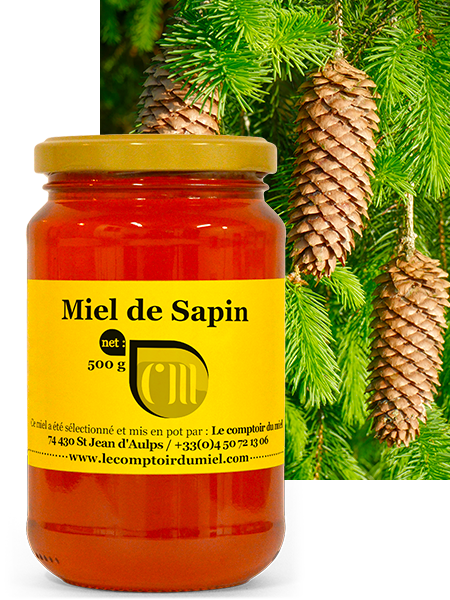
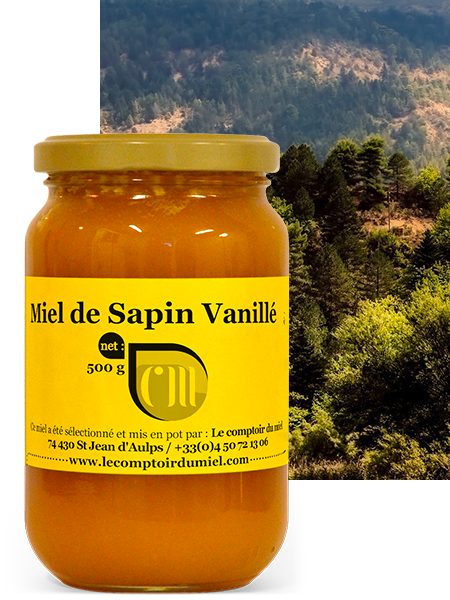
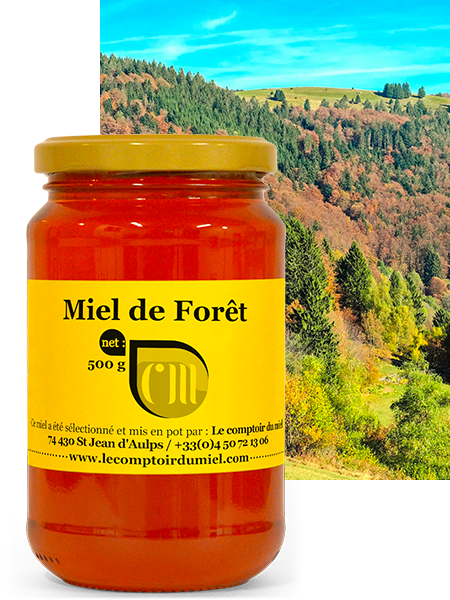
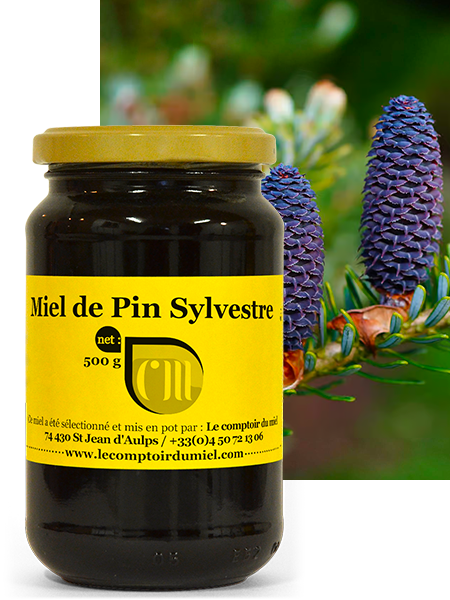
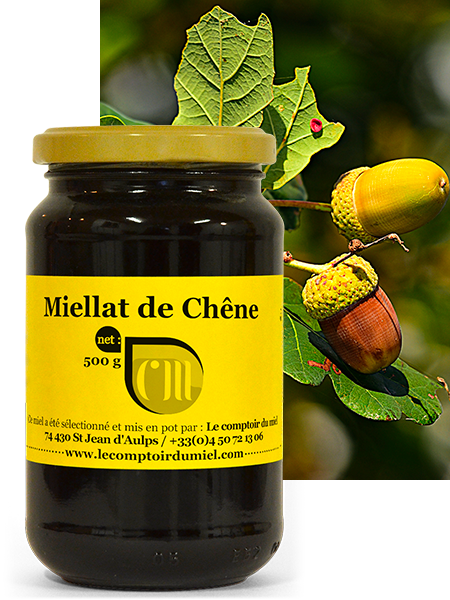
Reviews
There are no reviews yet.